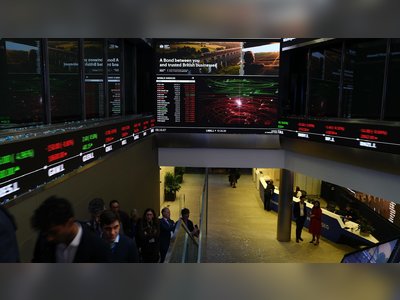
Non-fungible tokens explained – and why some are worth millions
If you’ve heard the word NFT, or the phrase non-fungible token, and not had a clue what was going on, you’re not the only one.
Before 2021 it was a relatively rare term to hear, but in recent months it’s becoming increasingly common to hear it spoken about in relation to digital artwork being sold for millions.
NFTs are the latest craze from the world of cryptocurrency.
Christie’s auction house sold the first ever NFT artwork for a whopping $69m (£50m) this week – but the winning bidder will not receive anything physical.
Similarly, an online sale of NFTs by digital artist Pak fetched a massive $16.8million (£12.2million) at Sotheby’s. This included an image of a single pixel for $1.26million (£987,000).
 Chris Torres, creator of Nyan Cat, sold his iconic meme for roughly $590,000 earlier this year
Chris Torres, creator of Nyan Cat, sold his iconic meme for roughly $590,000 earlier this year
Instead, they will get a unique digital token known as an NFT. Confused? Don’t worry, we will do our best to explain.
What is an NFT?
NFT stands for non-fungible token, and is the latest cryptocurrency phenomenon to go mainstream.
In economics, a fungible asset is something with units that can be readily interchanged, like money. For example, you can swap a £20 note for two £10 notes and have the same value.
If something is non-fungible, it means that it has unique properties and can’t be interchanged with something else.
In relatively simple terms, NFTs are “one-of-a-kind” assets in the digital world, that can be sold like anything else.
NFTs can take the form of digital artwork, GIFs, tweets, virtual trading cards, music, virtual real estate and more.
They transform digital works of art and other collectibles into verifiable assets that can easily be traded on the blockchain.
These digital tokens can be thought of as certificates of ownerships for virtual or physical assets.
How do NFTs work?
No physical object changes hands, because NFTs exist exclusively in digital form.
As with crypto-currency, a blockchain (digital record) acts as a public ledger to verify ownership status.
Critics argue that these digital works can be copied and shared, and experts say that this is no different than to in the physical world.
A copy of any artwork is not the original.
The buyer of an NFT owns a “token” which proves only they have the “original” work.
Why are NFTs worth so much money?
In theory, anyone can tokenise their “one-of-a-kind” work as an NFT.
Art-collector Pablo Rodriquez-Fraile thinks the NFT boom has been accelerated by the coronavirus pandemic, but that ultimately it would have happened anyway.
He told Insider: “People have long used art to store value. Crypto extends easily into digital art.
“This is just a more modern approach to investing in art and using it like someone would use gold or bitcoin.”
Billionaire Mark Cuban told Insider that one of the reasons people pay so much is because NFTs are about scarcity.
He told Insider: “The buyer knows how many will be made and has blockchain proof of ownership.”
Experts who spoke to The Hustle also believe a boom in cryptocurrency in general has also generated interest in digital assets.











